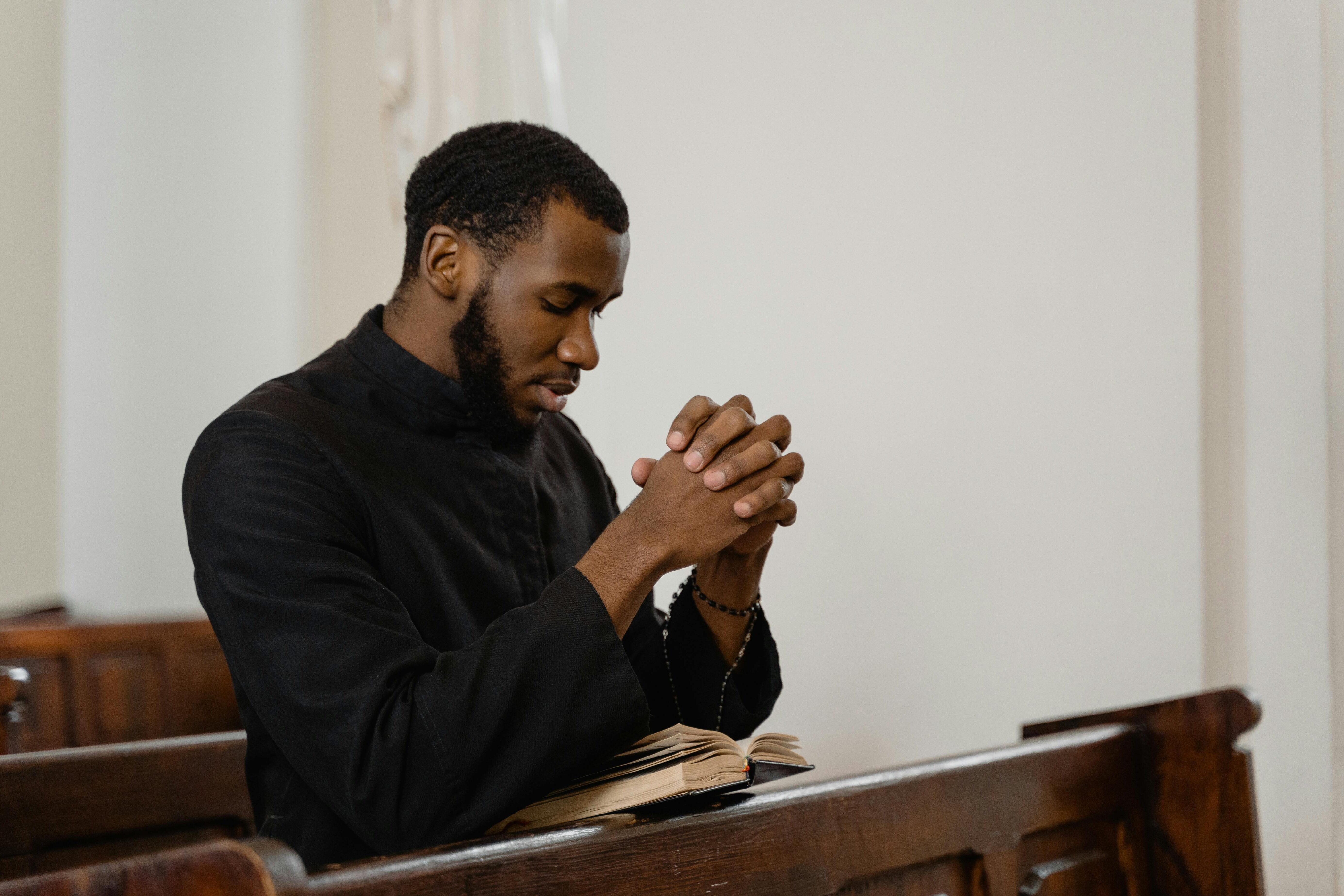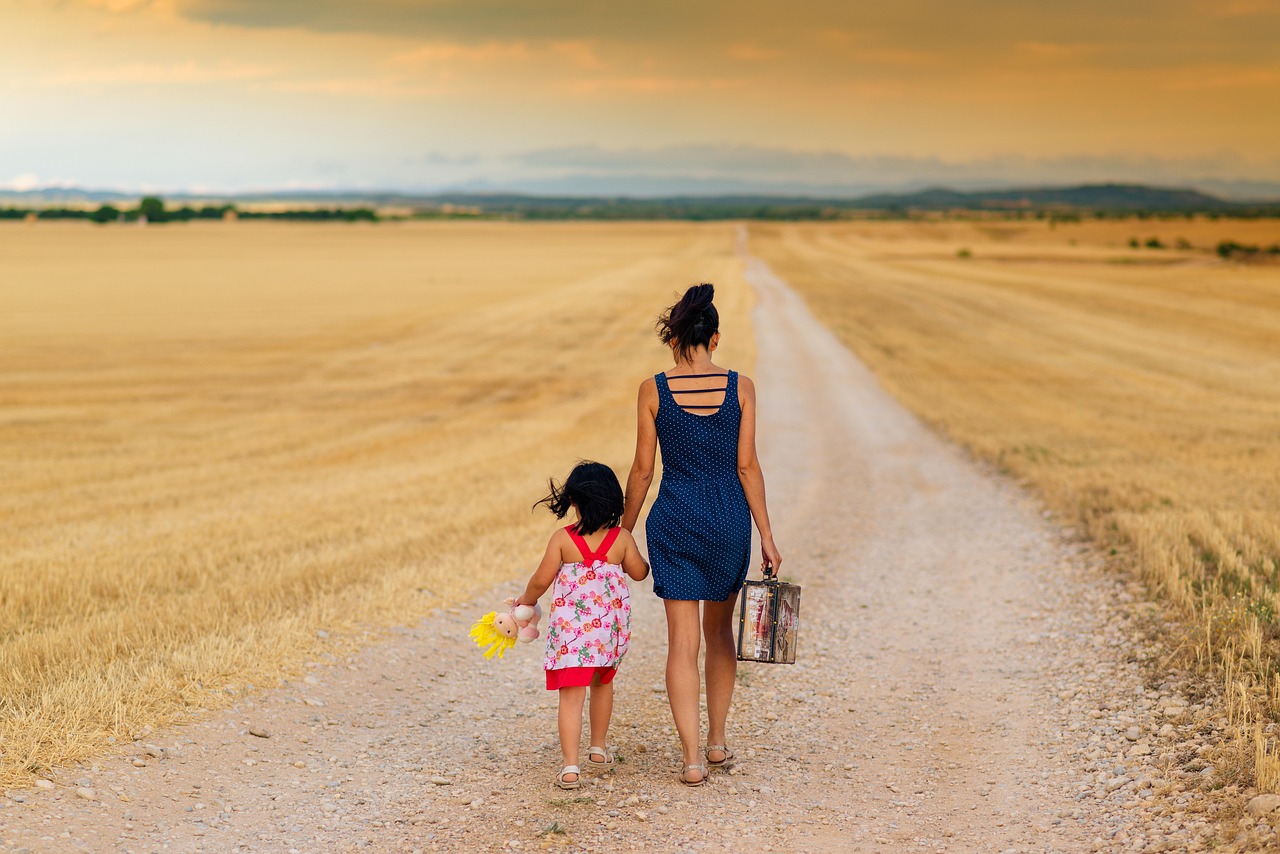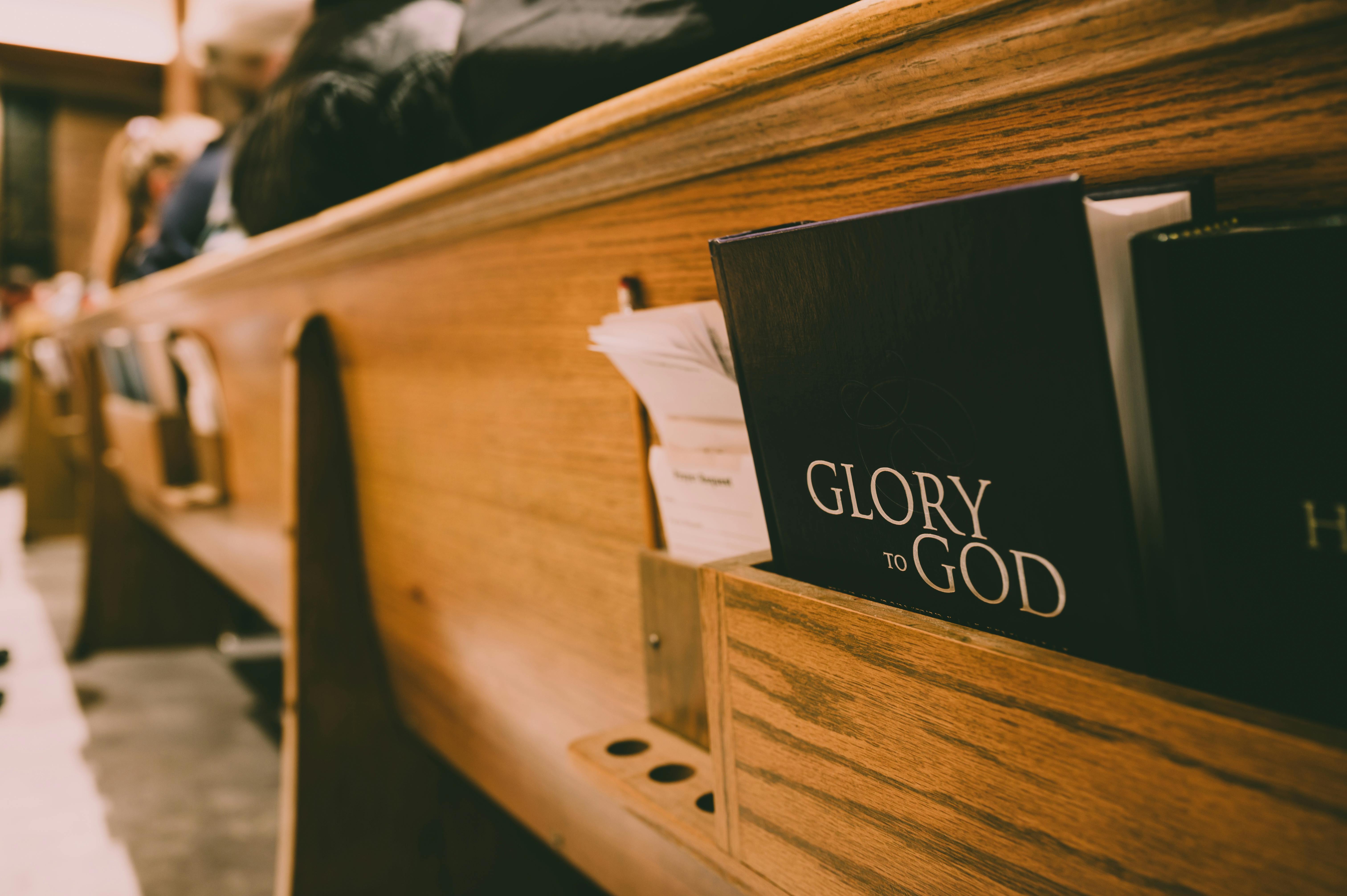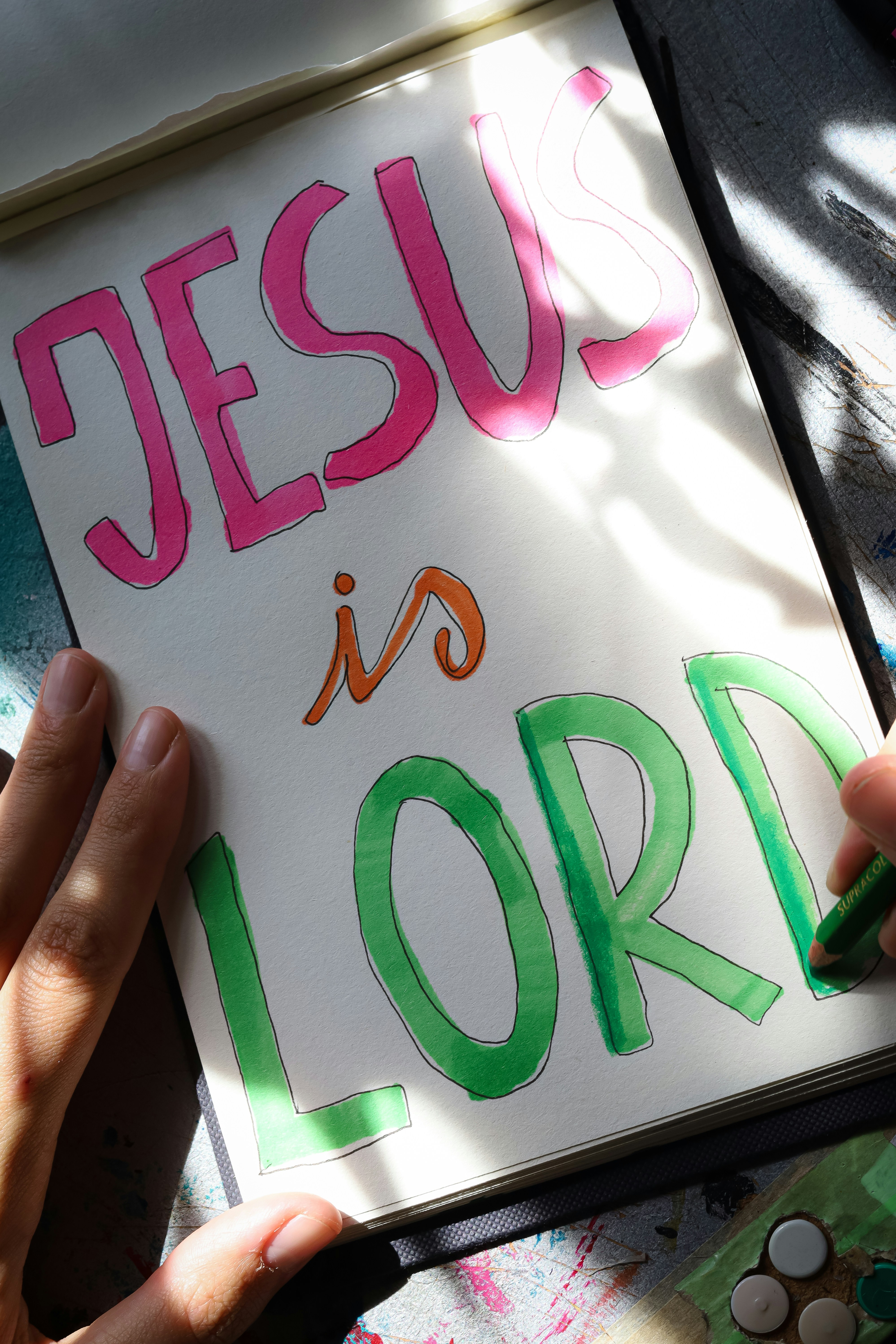Everyone finds themselves, at some point or another, faced with a seemingly impossible decision. All the choices seem awful and you’re just stuck. You have to pick one, even though you don’t like any of them. Joseph knows this feeling. He was faced with an impossible decision.
Joseph was a good, upstanding Jewish man. He knew the laws of the Torah and followed them to the best of his ability. He was a simple man, a craftsman who worked hard to earn enough to be able to support a wife and one day, a family. He thought he was on the path to this very ordinary life when the extra-ordinary happened. Mary comes to him with this incredible news. She’s pregnant, and it’s not in the usual way.
Now what is Joseph to do, this average man who expected to lead an average life? He prays and he discerns. He knows the law and knows he has every right to have Mary cast out of the community and stoned for her supposed indiscretion. But he knows Mary, has likely known her all his life. He can’t bring himself to subject her to such an end, especially when she explains so clearly what happened. Even though he doesn’t understand the Annunciation, he can’t dismiss Mary’s words.
And so, after his prayer and wrestling with the Lord, he chooses to divorce her quietly. He thought he had come to the best solution to a horrible situation. Yet here is the genius and the sanctity of St. Joseph on display. He made a choice, but he remained open to God’s will following his decision. Joseph allowed his mind to be changed by the message in his dream.
When we find ourselves facing difficult decisions we can ask St. Joseph to accompany us in our moments of doubt and discernment. May we make the best decision available to us, no matter how painful. And, like St. Joseph, may we always remain open to God’s will, even after we think we have made the right choice.
Todos nos encontramos, en algún momento, ante una decisión aparentemente imposible. Todas las opciones parecen horribles y uno se queda atascado. Tienes que elegir una, aunque no te guste ninguna. José entiende este sentimiento. Se enfrentaba a una decisión imposible.
José era un judío bueno y recto. Conocía las leyes de la Torá y las seguía al máximo de sus posibilidades. Era un hombre sencillo, un artesano que trabajaba duro para ganar lo suficiente para mantener a su esposa y, algún día, a su familia. Pensaba que estaba en el camino hacia una vida ordinaria cuando sucedió algo extraordinario. María acude a él con esta increíble noticia: está embarazada, y no es de la forma habitual.
¿Qué debe hacer José, este hombre ordinario que esperaba llevar una vida ordinaria? Reza y discierne. Conoce la ley y sabe que tiene todo el derecho a que María sea expulsada de la comunidad y apedreada por su supuesta indiscreción. Pero conoce a María, probablemente la ha conocido toda su vida. No puede someterla a ese fin, especialmente cuando ella explica con tanta claridad lo que sucedió. Aunque no comprende la Anunciación, no puede ignorar las palabras de María.
Y así, tras rezar y luchar con el Señor, decide divorciarse de ella en secreto. Creía haber encontrado la mejor solución para una situación terrible. Sin embargo, aquí se manifiestan la genialidad y la santidad de San José. Tomó una decisión, pero permaneció abierto a la voluntad de Dios. José permitió que el mensaje de su sueño cambiara su opinión.
Cuando nos encontremos ante decisiones difíciles, podemos pedirle a San José que nos acompañe en nuestros momentos de duda y discernimiento. Que tomemos la mejor decisión posible, por dolorosa que sea. Y, como San José, que permanezcamos siempre abiertos a la voluntad de Dios, incluso después de creer que hemos tomado la decisión correcta.
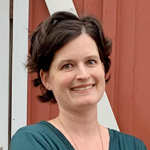 Kate Taliaferro is an Air Force wife and mother. She is blessed to be able to homeschool, bake bread and fold endless piles of laundry. When not planning a school day, writing a blog post or cooking pasta, Kate can be found curled up with a book or working with some kind of fiber craft. Kate blogs at DailyGraces.net.
Kate Taliaferro is an Air Force wife and mother. She is blessed to be able to homeschool, bake bread and fold endless piles of laundry. When not planning a school day, writing a blog post or cooking pasta, Kate can be found curled up with a book or working with some kind of fiber craft. Kate blogs at DailyGraces.net.
Feature Image Credit: MART PRODUCTION, pexels.com/photo/a-religious-man-praying-solemnly-7220101/
The views and opinions expressed in the Inspiration Daily blog are solely those of the original authors and contributors. These views and opinions do not necessarily represent those of Diocesan, the Diocesan staff, or other contributors to this blog.
